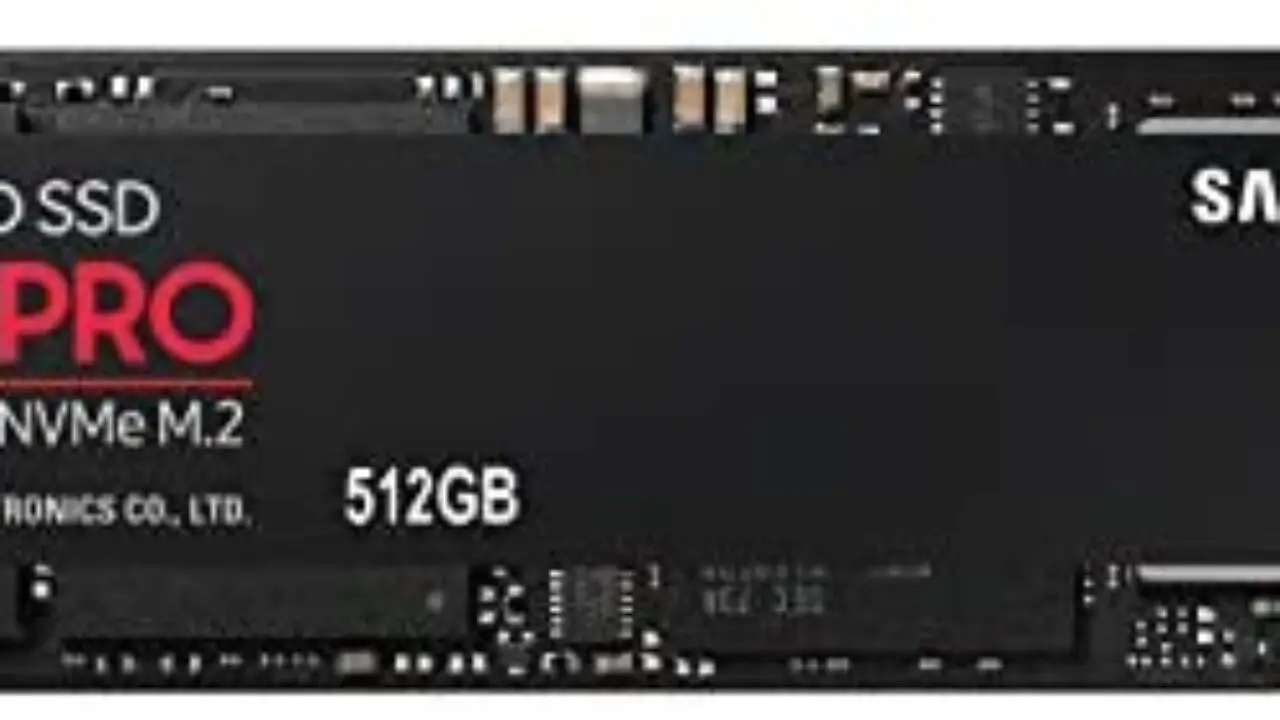As a content creator, having a reliable and fast solid-state drive (SSD) is essential for a smooth and efficient workflow. In this article, we will be looking at some of the best SSDs on the market that are perfect for content creators. From fast read and write speeds to high capacities, these SSDs have everything a content creator needs to work with large files and produce high-quality content.
Content creation involves working with large files, such as high-resolution images, videos, and audio recordings. This requires a fast and reliable storage device that can handle the workload. While traditional hard disk drives (HDDs) have been the norm for many years, solid-state drives (SSDs) have become increasingly popular due to their speed, reliability, and durability.
What is an SSD?
A solid-state drive (SSD) is a type of storage device that uses NAND-based flash memory to store data. Unlike traditional hard disk drives (HDDs), SSDs have no moving parts, which makes them faster and more reliable. SSDs also have lower power consumption and generate less heat than HDDs.
Why do Content Creators need an SSD?
Content creators need an SSD for several reasons. Firstly, an SSD provides faster read and write speeds than an HDD, which is essential when working with large files. Secondly, an SSD has a longer lifespan than an HDD, which means it can handle more read and write cycles without failing. Lastly, an SSD is more durable than an HDD, which makes it more resistant to physical damage.
What to look for in an SSD for Content Creation
When choosing an SSD for content creation, there are several factors to consider. Firstly, the read and write speeds should be high, with at least 500MB/s for both. Secondly, the capacity should be large enough to store all your files and projects, with at least 500GB to 1TB of storage. Thirdly, the SSD should have a high endurance rating, which measures the number of read and write cycles it can handle before failing.
Best SSDs for Content Creators
As a content creator, having a high-performing solid-state drive (SSD) is essential for speedy data transfer and smooth operation. With so many options available, it can be difficult to choose the right one. In this article, we will discuss some of the best SSDs for content creators based on their features and performance.
Samsung 970 EVO Plus
Features:
- NVMe interface
- M.2 form factor
- 3D V-NAND technology
- AES 256-bit encryption
- Dynamic Thermal Guard
- Samsung Magician software
Performance:
- Sequential read speeds of up to 3,500 MB/s
- Sequential write speeds of up to 3,300 MB/s
- Random read speeds of up to 620,000 IOPS
- Random write speeds of up to 560,000 IOPS
Endurance rating:
- 150 TBW (terabytes written) for the 250GB model
- 600 TBW for the 1TB model
- 1,200 TBW for the 2TB model
- 2,400 TBW for the 4TB model
Crucial MX500
Features:
- SATA interface
- 2.5-inch form factor
- Micron 3D NAND technology
- AES 256-bit encryption
- Acronis True Image HD software
Performance:
- Sequential read speeds of up to 560 MB/s
- Sequential write speeds of up to 510 MB/s
- Random read speeds of up to 95,000 IOPS
- Random write speeds of up to 90,000 IOPS
Endurance rating:
- 100 TBW for the 250GB model
- 180 TBW for the 500GB model
- 360 TBW for the 1TB model
- 700 TBW for the 2TB model
WD Blue SN550
Features:
- NVMe interface
- M.2 form factor
- 3D NAND technology
- WD SSD Dashboard software
Performance:
- Sequential read speeds of up to 2,400 MB/s
- Sequential write speeds of up to 1,950 MB/s
- Random read speeds of up to 410,000 IOPS
- Random write speeds of up to 405,000 IOPS
Capacity:
- Consider the storage capacity required for your content creation needs. The Samsung 970 EVO Plus and Crucial MX500 offer higher storage capacities, up to 4TB, while the WD Blue SN550 offers up to 1TB.
Price:
- Consider your budget and choose an SSD that provides the best value for your money. The WD Blue SN550 is generally the most affordable option, while the Samsung 970 EVO Plus is usually the most expensive.
Conclusion:
When choosing an SSD for content creation, consider factors such as performance, endurance rating, capacity, and price. The Samsung 970 EVO Plus, Crucial MX500, and WD Blue SN550 are all viable options depending on your specific needs.
FAQs:
Q: Can an SSD improve content creation performance?
A: Yes, an SSD can improve content creation performance by providing faster read and write speeds, which can reduce load times and improve workflow.
Q: What is an endurance rating?
A: An endurance rating is a measure of how much data can be written to an SSD before it reaches the end of its lifespan.
Q: Should I choose an NVMe or SATA SSD for content creation?
A: NVMe SSDs generally offer faster performance than SATA SSDs, so they may be a better choice for content creation. However, SATA SSDs can still provide significant performance improvements over traditional hard drives.
